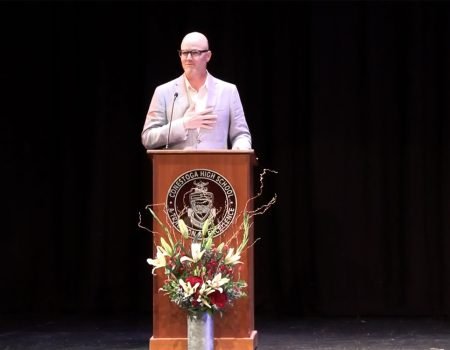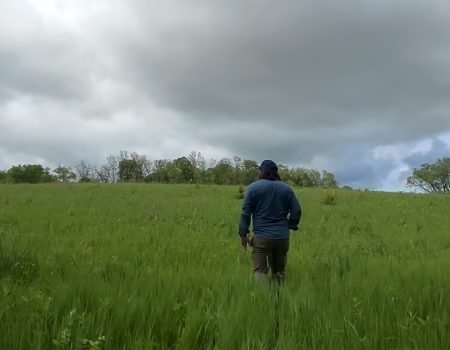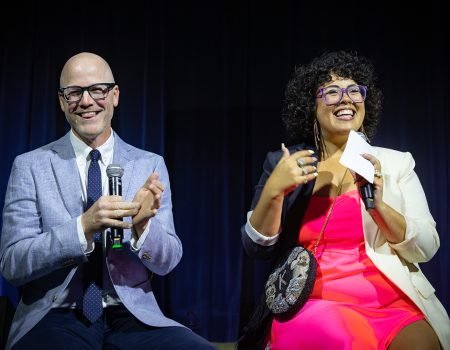Into The South, Part 2
“10 bucks for parking,” I thought. “Of course.”
The lot was shimmering like a National Guitar: sunbaked, half empty, dotted with slow-shuffling Elvis fans. I turned off my rental (a Kia Sportage, natch) and stepped towards the collection of white corrugated-aluminum sheds that constitute Elvis Presley’s Graceland.
Not his house, but the dozen or so hangar-like buildings (this is prime tornado country, folks) across the street from his house that house his cars, planes, BBQ joint, movie theater, ice cream shop plus a myriad of souvenirs and collectibles: bobble heads, face masks, bow ties, shot glasses, bottle openers, backpacks, fanny packs, ice packs.
Graceland opened to the public in 1982, just five years after the King’s death. It is the most-visited privately owned home in America with over 650,000 guests a year, rivaling The White House, and Hearst Castle (with which it shares much in common).
Even after a three-hour interstate sprint from Nashville, though, Graceland sneaks up quickly. It isn’t terribly well signed, there on Elvis Presley Boulevard, just west of Interstate 55, nine miles south Memphis, and less than four from the Mississippi state line.
But the neighborhood is nothing special, really, a double-wide, strip-malled collection of Dollar Generals, Family Dollars, Taco Bells and KFCs.
I was running late for my VIP Tour on account of an on-again, off-again appointment with the last surviving purveyor of The Nudie Suit, Manuel Cuevas.
Nudie suits, of course, are the flamboyant, rhinestone-encrusted outfits made famous by country-western singers in 50s. From Johnnie Cash to Elvis Presley, Graham Parsons to Jeff Tweedy, the suits have never gone out of style.
The suit is named for its inventor, Hollywood Couture Tailer, Nuta Kotly-a-renko, known professionally as Nudie Cohn. Manuel was married to Nuta’s daughter, Jamie Lee.
So I made an appointment for a fitting. When I arrived, though, Manuel was stuck in Los Angeles. His assistant had forgotten our appointment. “Come back in the morning,” she suggested. In the morning, another email greeted my sleepy eyes. “He’s still in L.A. How about Saturday?”
The $190 VIP Tour includes a meal at Vernon’s barbecue (I don’t eat meat), a human tour guide instead of John Stamos on an iPad, a private shuttle bus, and — as it ends up — the opportunity to see real Elvis artifacts up close.
And so it wasn’t The Jungle Room, or the three-television basement lounge with carpeted walls and “Taking Care of Business in a Flash” painted in blue and yellow (my go-to design should I ever have an extra basement) that moved me. It wasn’t the newly remodeled racquetball court, the pool, or even The Meditation Garden (“Too much f***ing perspective”).
It wasn’t even the secret safe in the VIP room where our tour guide let us hold the keys to Elvis’s pink Cadillac.
It was his sunglasses.
These were not the run of the mill, early aviator TCB EP sunglasses you see at Halloween. These were something altogether cooler: square, 70s, post-Hawaii, post leather jacket sunglasses. Bloated Elvis. Dying Elvis. Super Cycle Stinger era Elvis, trapped by his fame, racing his three-wheel motorcycle up and down the driveway like a caged animal.
My first pair of sunglasses were Foster Grants. I saw them at the Ben Franklin in Waterloo, Iowa, and begged for them. They were silver, metallic frames with mirrored lenses. I felt seen and invisible simultaneously.
Since my first visit in 1993, I have visited Graceland with a similarly cool reserve, a strange detachment from the America that I see around me, and a strange disconnection from the Americans who visit him there.
And yet, I am him. I am them. And we are all Elvis.
I began to identify with him in my 20s as more of an icon, or an archetype of a type of man, than a pop singer. He is our own Icarus, at once clueless and naive and bold, inept and calculating, a rube and a genius.
He is the King with Nothing, The Emperor with No Clothes, at once flush with everything a man can imagine, all of our earthly desires. And yet: heartbroken, isolated, infantilized, objectified and alone.
And maybe that’s why I return, repeatedly, year one end; here is the American Dream writ large: the mansion, the stable, the cars, the horses.
Here is the American Dream writ large: the awards, the costumes and plumes.
But here too is the cost: the melancholy, the entourage, the spotlight, the paranoia. The stillborn twin, the overbearing mother, the ineffective father.
Ghosts and empty sockets.
It’s all there: glamour and squalor, fame and infamy, joy and sadness, who we aspire to be, and who we really are.
Love is like a window in your heart; everybody sees you’re blown apart. And everybody feels the window blow.
Download “Friends & Neighbors” on Apple, stream on Spotify; watch on Facebook or YouTube; and subscribe to our newsletter at friendsandneighborsshow.com. “Friends & Neighbors” is a Wagner Brothers production.



